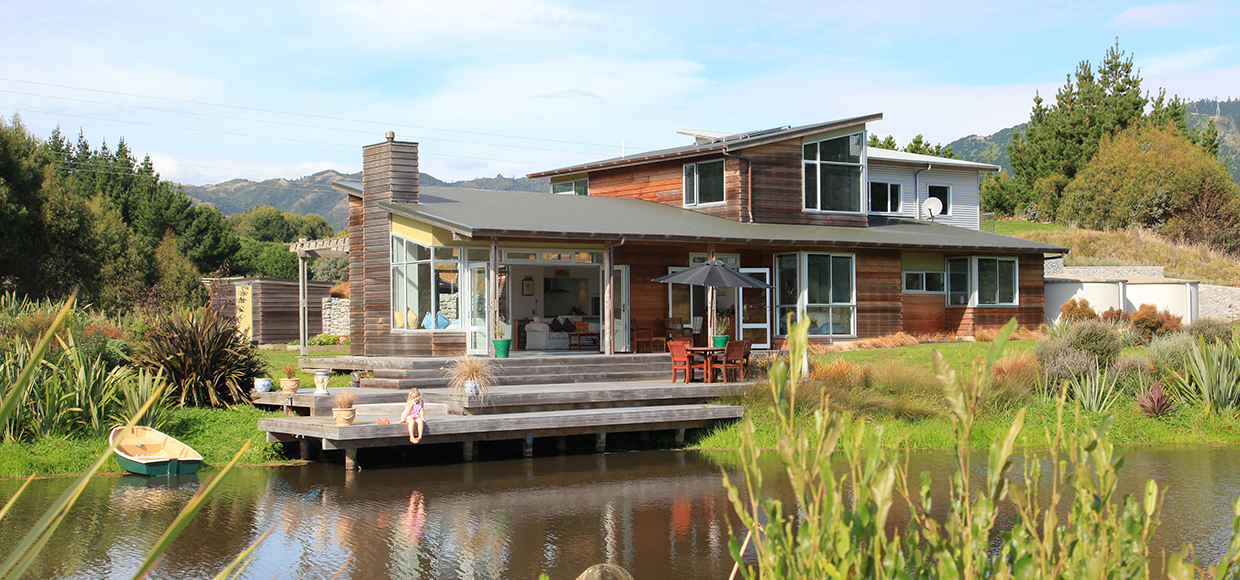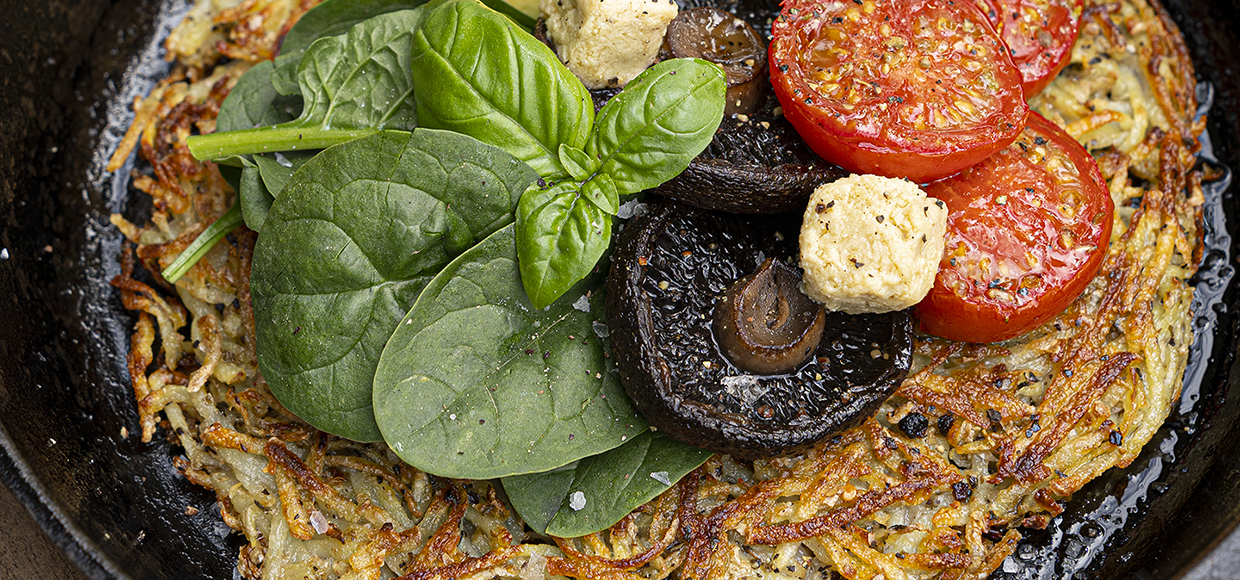As climate change and environmental concerns rise, the demand for sustainable living grows stronger. Homeowners and architects are embracing eco-friendly designs that reduce environmental impact and create spaces that harmonise with nature.
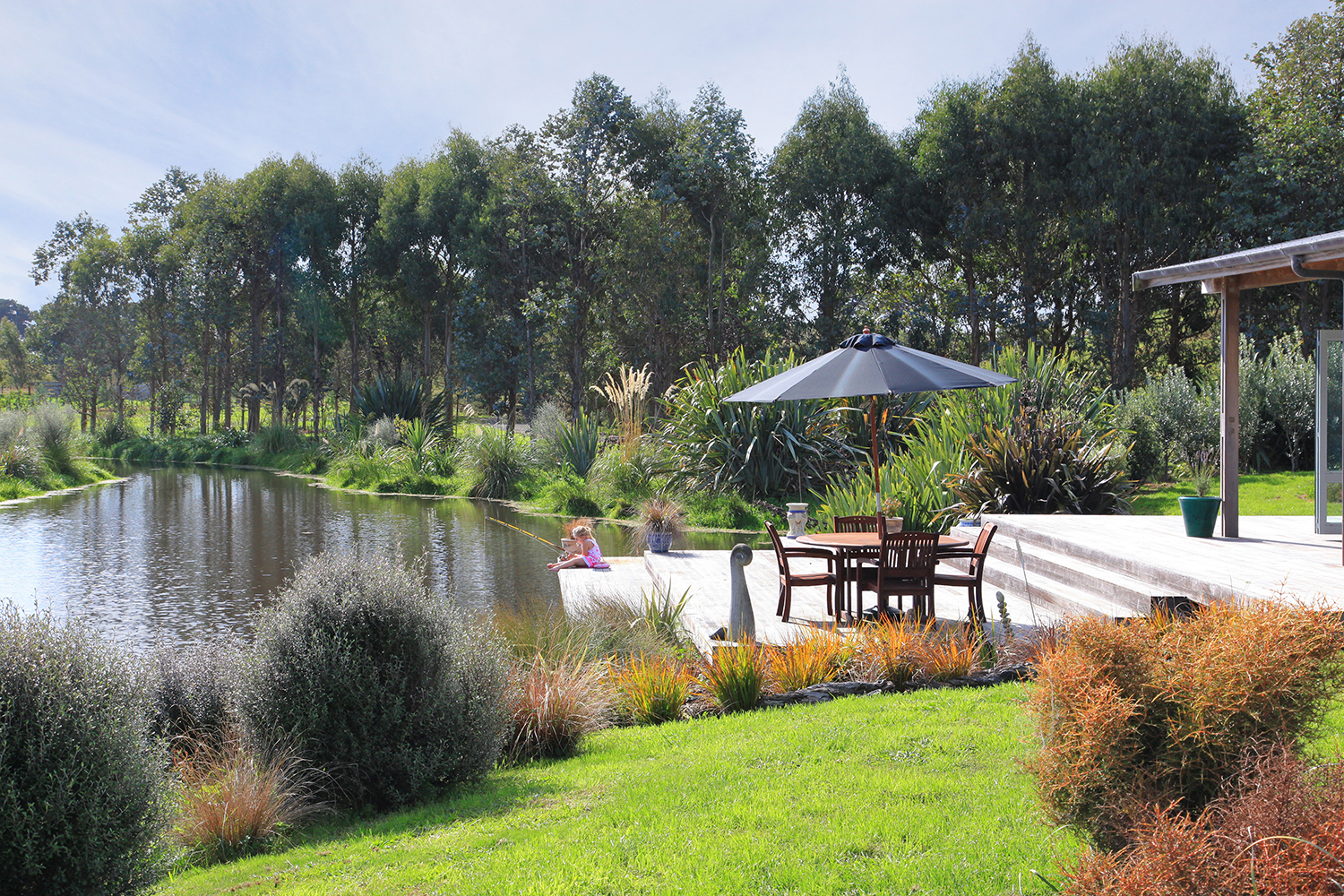
Eco-living by design
One home near the Kāpiti Coast stands as a beacon of sustainability. It was designed by Nathan Rooney, a certified ADNZ professional and director of Space Architecture Studio. The home not only has eco-friendly features but also exemplifies how modern architecture can coexist with natural landscapes, fostering a symbiotic relationship between the built environment and the ecosystem.
Once a boggy paddock, the site was discovered to be part of a historical wetland system drained for farming in the 1940s. When the homeowners purchased the land, they saw an opportunity not only to build their dream home but also to restore and expand the wetland, breathing life back into the ecology of the area. “Not only were we able to restore and regenerate some of the wetland, but it focused the project on a key element of the site and landscape and meant we could create a more meaningful connection for the occupants with the natural environment,” says Rooney.
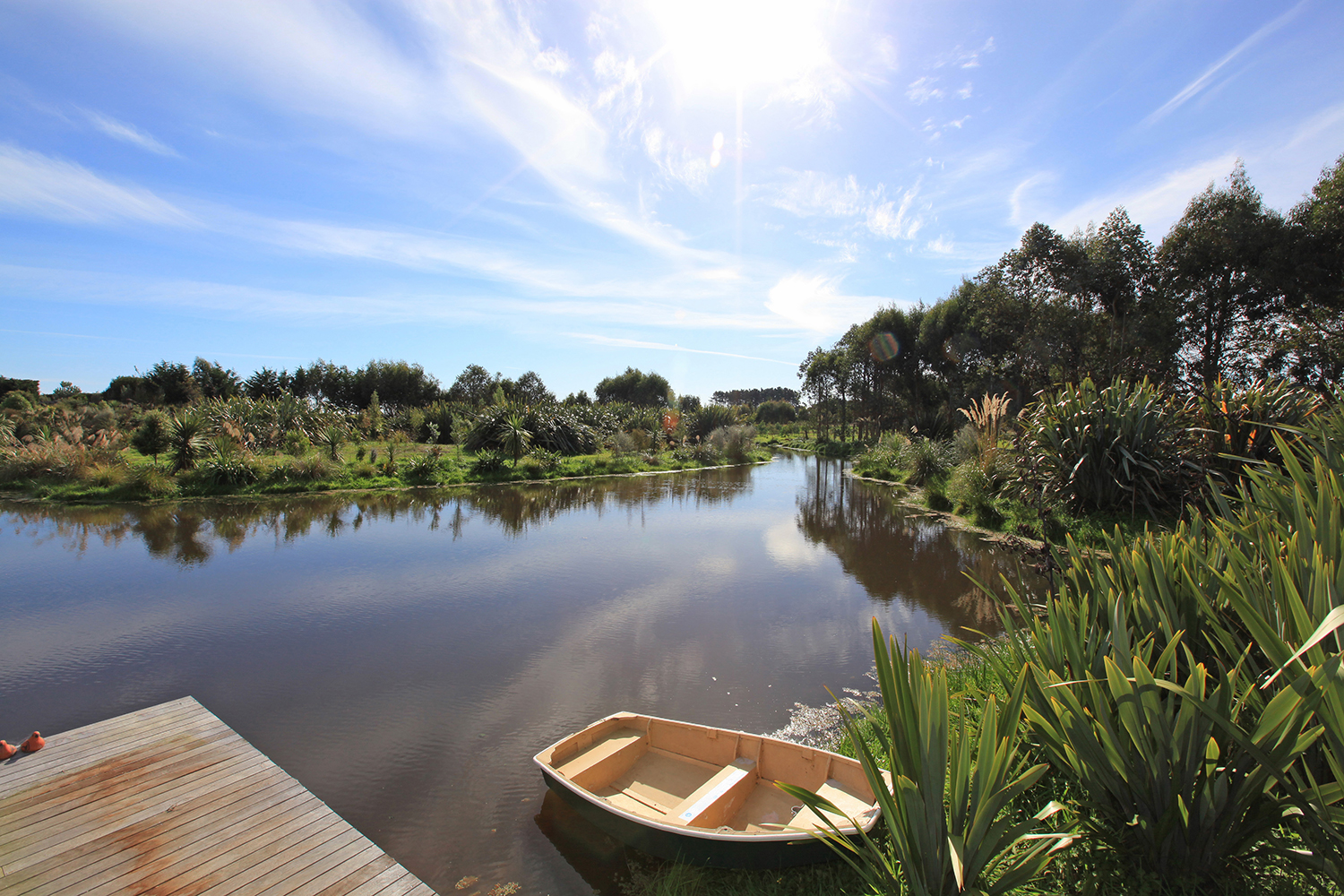
With a like-minded freshwater ecologist and landscape architect, the design team transformed the land. Rooney explains how they uncovered natural springs and eco-sourced plants to create a thriving wetland. Fish passages were even created to enhance ecological harmony further. The home’s connection to this restored environment is seamless, with the living room offering stunning views of the wetland and the wildlife it supports.
The house itself is a masterpiece of sustainable design. Space Architecture Studio aligns its values with the Living Building Challenge principles of regenerative buildings and its guiding question, ‘What does good look like?’ “While not every project seeks certification, we have always strived to ensure our projects are considerate of the environment and context. In this project, passive solar gain, natural ventilation and water storage are done in a way that’s considered and intentional,” says Rooney.
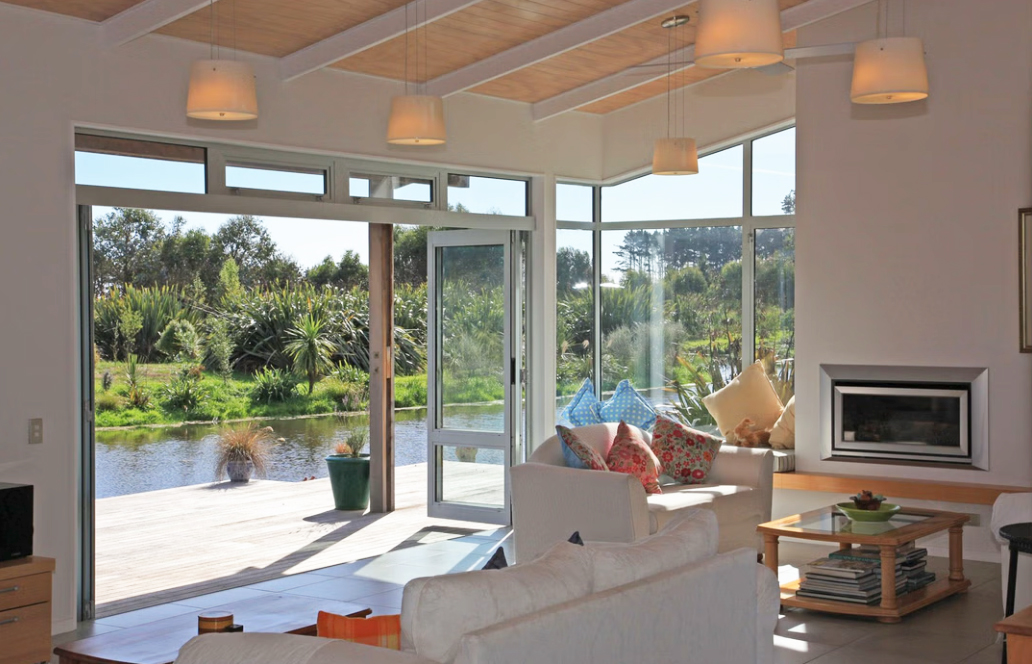
Key features of the home include:
Rainwater harvesting: Rainwater is collected from the roof and used within the home, with any overflow feeding into the wetland.
Grey-water recycling: Water from sinks, showers and laundry is treated and reused in the landscaping, reducing the home’s overall water footprint.
Effluent treatment: Wastewater is treated on-site using a zero-energy biological system, returning clean water to the environment.
Natural ventilation: Thoughtful design allows for natural cross-ventilation, reducing the need for artificial cooling.
Passive solar gain: The home is oriented to maximise natural light and warmth during winter, with shading to prevent overheating in summer.
Snug exterior: Thick insulation in the walls, ceilings and under the floor means the home stays comfortable for longer with less energy.
Efficient fixtures and appliances: Low-energy appliances and lighting and low-water-use fixtures reduce energy and water needs.
Rooney agrees that more homeowners are seeking eco-friendly and sustainable designs. “Ten years ago, we had to explain to clients what it all meant, what we do and why, but these days, they are coming to us knowing exactly what they want. They are more conscious of their impact on the environment,” he says.
As more homeowners recognise the importance of sustainable living, the demand for eco-friendly homes grows. Whether you’re inspired by this home or simply looking for ways to make your current home greener, there are countless opportunities to create a beautiful and environmentally responsible space. By making conscious choices today, we can build a better, more sustainable future for generations to come tomorrow.
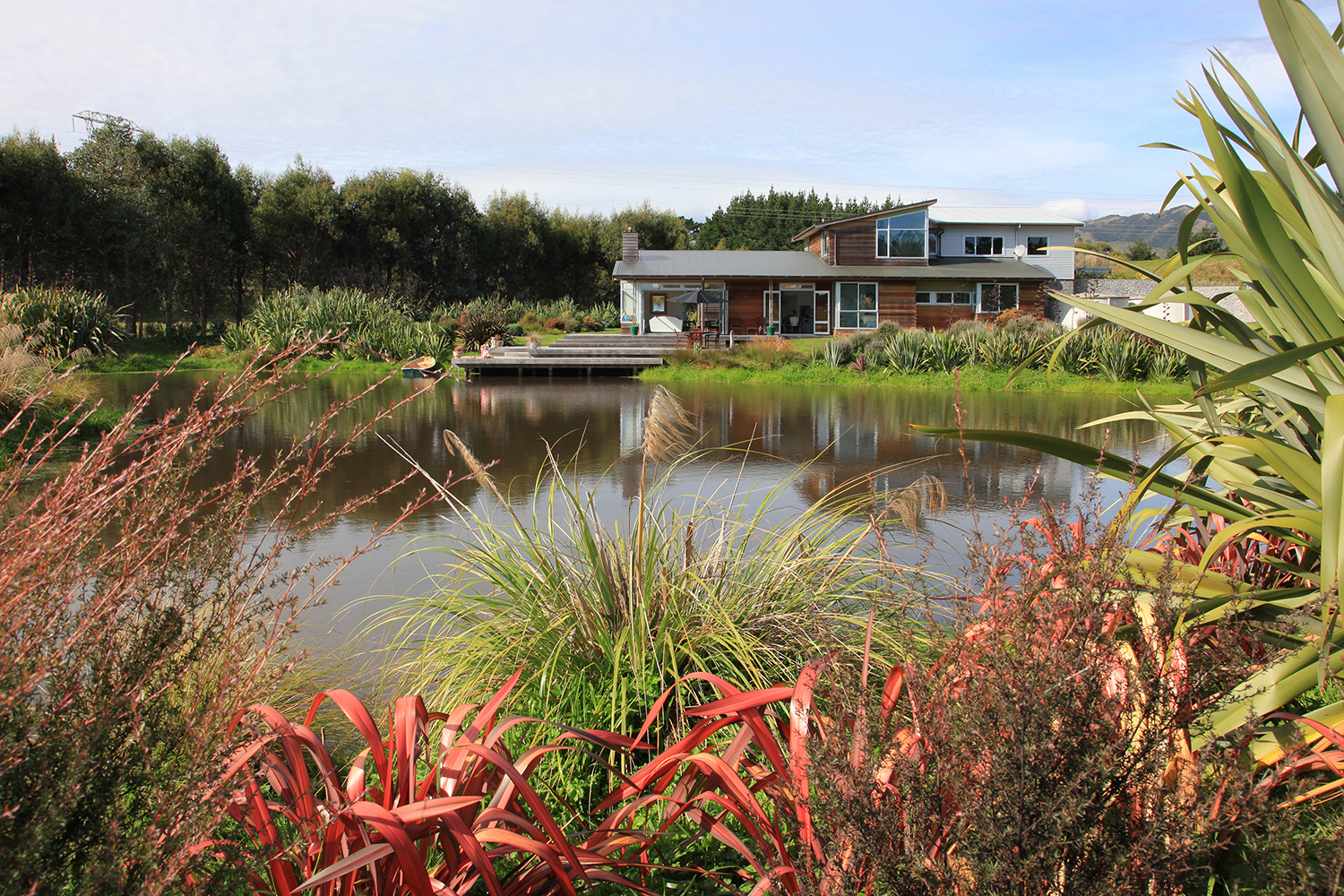
Eco-friendly home hacks
While not everyone is in the position to build their own home or hire a specialist architectural designer to help design high-end features, this doesn’t mean you can’t make changes in your home or rental that can help you live a more environmentally friendly life. Here are a few things you can try:
• Install a rainwater collection system for irrigation, and if replacing tapware, use low-flow fixtures to reduce water use. If not replacing tapware, fit flow restrictors in your existing taps and shower.
• Incorporate native plants into your landscaping to create a habitat for local wildlife and reduce the need for water and chemical fertilisers. Your local council often has information on native plants endemic to your area and guidance on what’s helpful to birdlife and lizards. There are even some grants for plants available from some councils.
• Utilise smart thermostats, lighting and appliances to monitor and reduce energy usage. These technologies can help you create an energy-efficient home that adapts to your lifestyle.
• Invest in full-fitting, high-quality thermal drapes and insulation to reduce energy consumption. Energy-efficient windows, doors and appliances can also significantly lower your home’s carbon footprint.
• Choose materials that are sustainably sourced, recycled or locally produced. Natural materials like wood, stone and bamboo are eco-friendly and add warmth and character to your home.
• Consider installing solar panels to generate clean energy. Even if you’re not ready to go off the grid, solar power can significantly reduce your reliance on fossil fuels.
